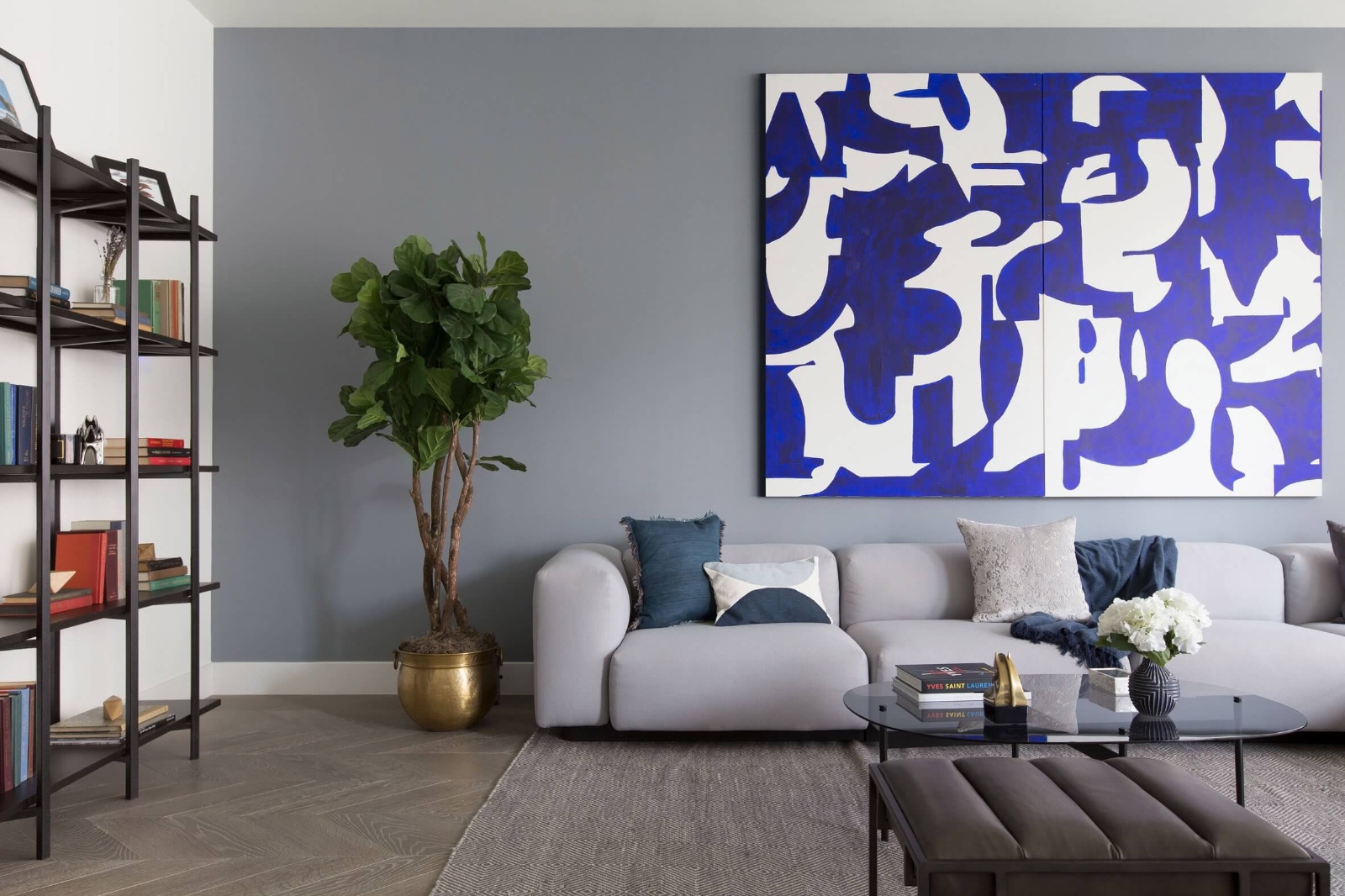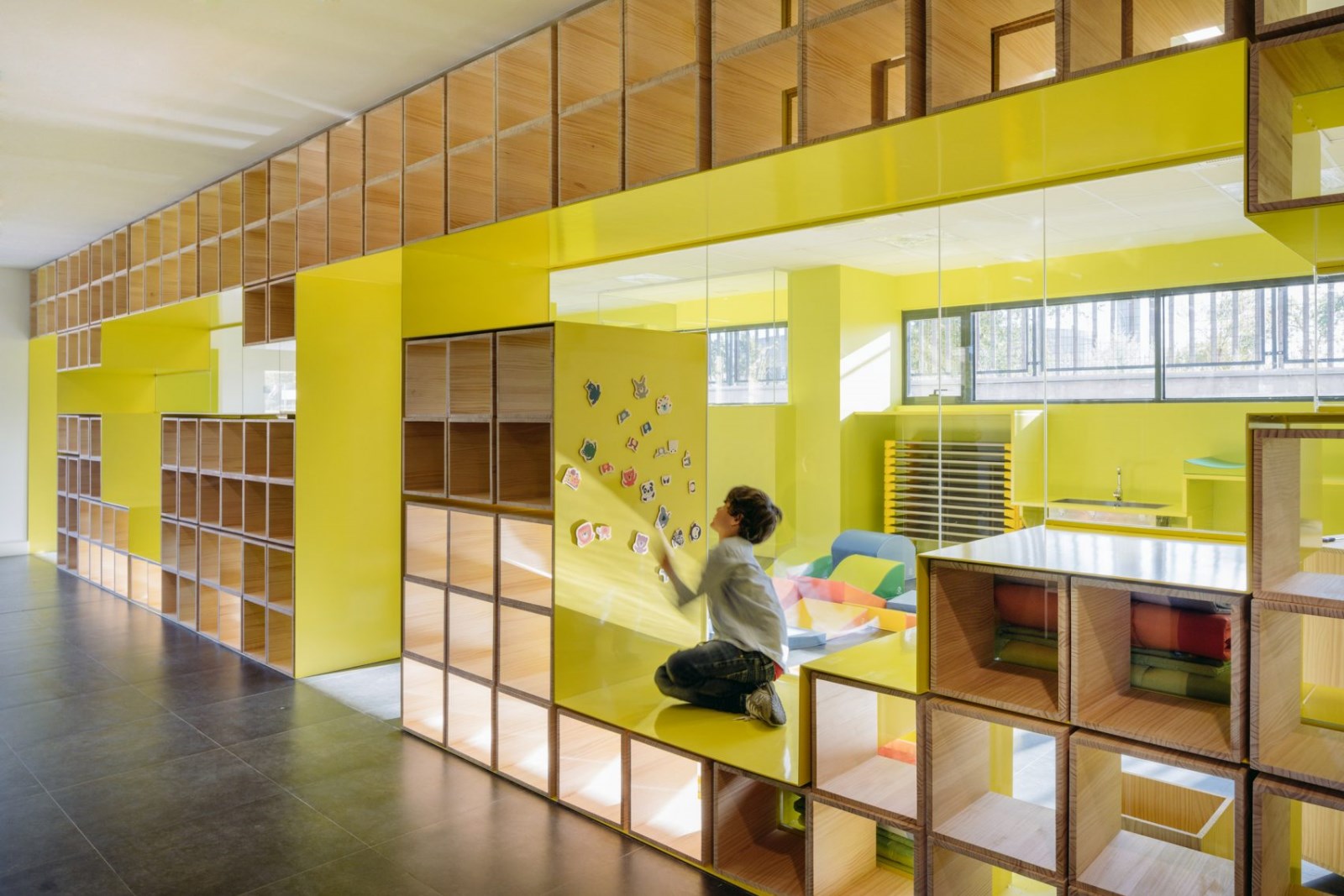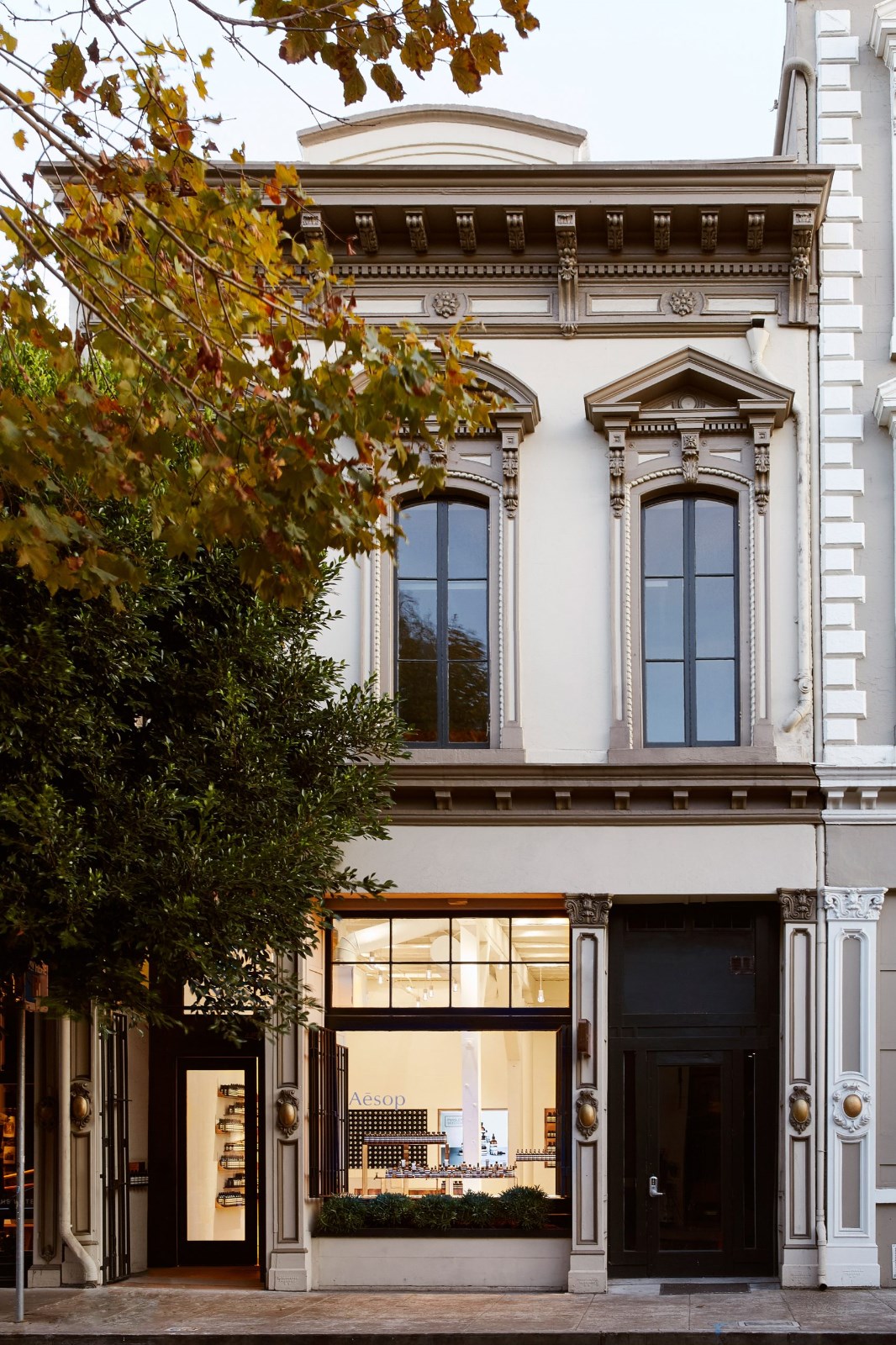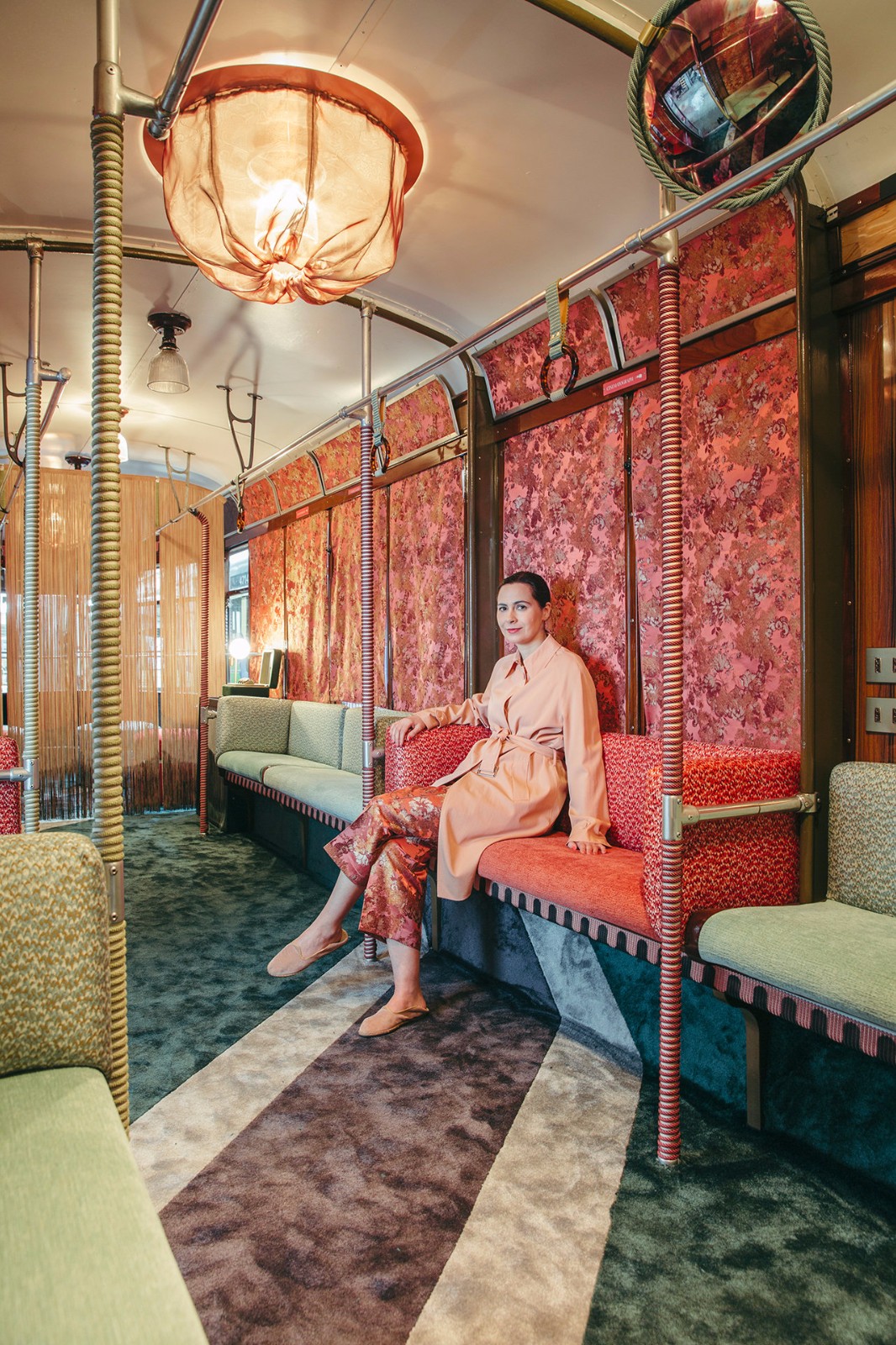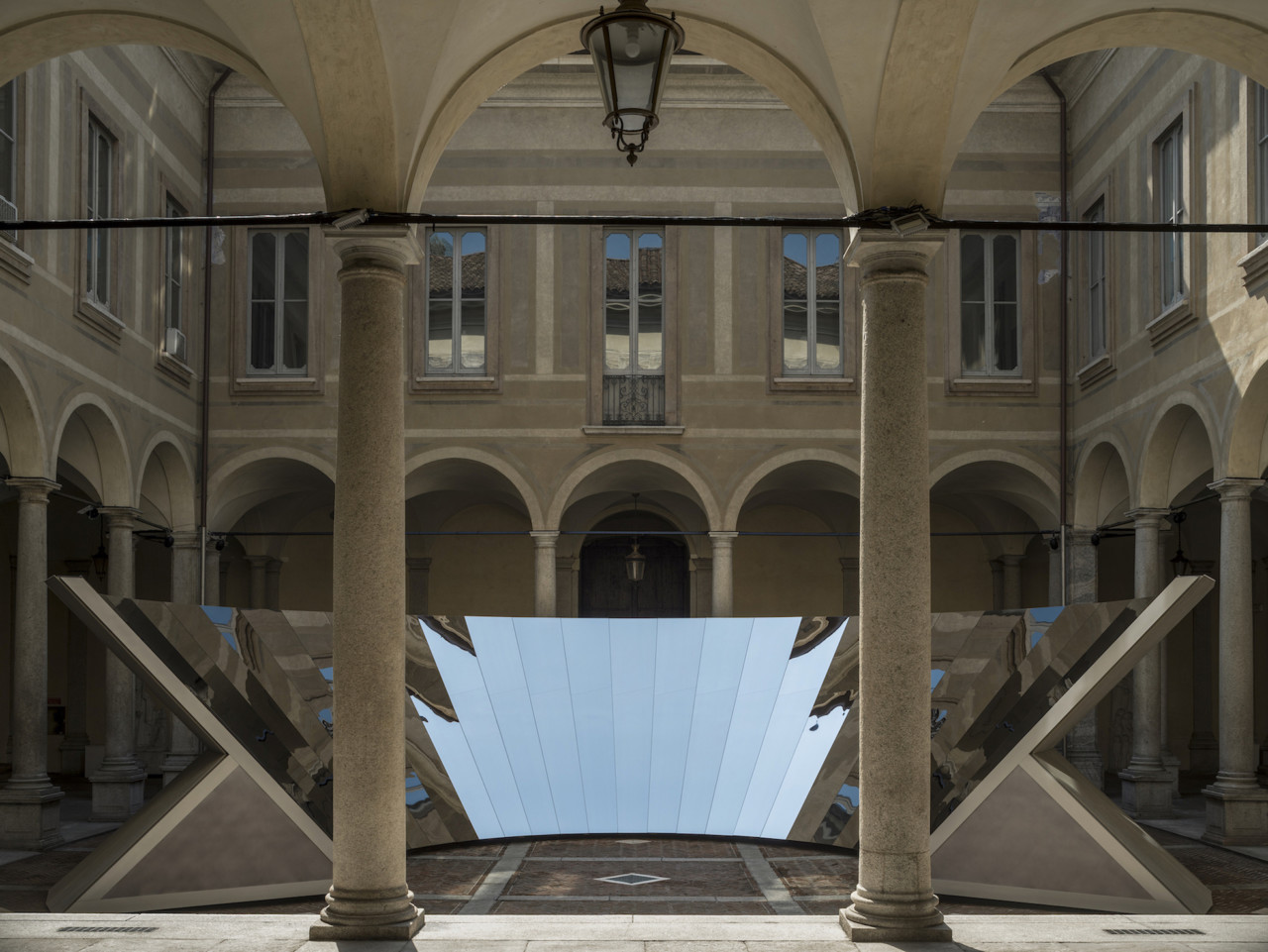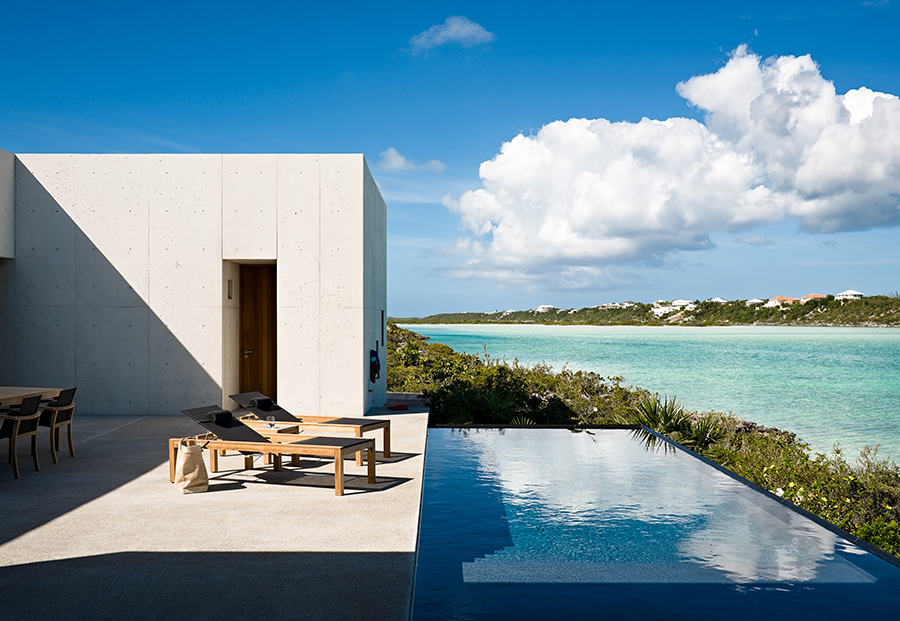Varigrafica Printing Factory Massimo Adario
2016-01-28 05:00
© Anna Positano
(安娜·波西塔诺


架构师提供的文本描述。印刷公司Varigrafica于60年代在尼泊尔(Viterbo)首次开业。第一家工厂可追溯到1992年,专门生产编辑和广告材料的胶印。
Text description provided by the architects. The printing company Varigrafica first opened for business in Nepi (Viterbo), in the sixties. The first factory dates back to 1992 and was dedicated to the offset printing for the production of editorial and advertising material.
Ground Floor Plan


这座工业大厦的扩建,导致了建筑群目前的结构,各种不同大小的体积聚集在一起,每一个都对应于一个功能范围。
The expansion of this industrial building, gave rise to the current configuration of the complex, an aggregation of volumes of different sizes, each of them corresponding to a functional scope.
© Anna Positano
(安娜·波西塔诺


除了现有的两座大楼(一座专门为工作人员提供服务和“印前”,另一座专门用于成品的数码印刷、中转和储存)之外,还增加了四座大楼:新办公室、一个新的纸张仓库、一个专门用于胶印的新区域和一个新的油墨仓库。
In addition to the two existing buildings (one dedicated to services for the staff and “prestampa” and the other one to digital printing, staging and storage of the finished product), four others were added: the new offices, a new warehouse for paper, a new area dedicated to the offset printing and a new warehouse for ink.
© Anna Positano
(安娜·波西塔诺


为了响应高度组织和计划的工业印刷过程,工业综合体是在2,40x6,00米的基础上合理建造的。模块,在不同的配置中重复使用:一个模块是用于现有建筑和纸张仓库正面的垂直预制混凝土面板,另一个模块是在新生产区的正面水平放置相同的混凝土模块,还有一个模块是用玻璃制成的,办公室正面是金属砖太阳板。每个模块都有相同的维度。
In response to the industrial printing process, highly organized and planned, the industrial complex is rationally built on the basis of a 2,40 x 6,00 m. module, repeated and utilized in different configuration: one module is the vertical prefabricated concrete panel used for the facades of the existing building and the paper warehouse, the same concrete module is placed horizontally for the facades of the new production area, and yet another module is made of glass with a metal brise soleil for the office facades. Each module has the same dimensions.
Section BB
BB节


在建筑物内部,在办公室,在楼板和地板的设计中,以及在混凝土承重墙中,模块和子模块也是重复的。
Module and sub-modules are also repeated inside the building, in the offices, in the design of the roof slab and of the floor and also in the concrete bearing walls.
© Anna Positano
(安娜·波西塔诺


与按照正交线设计的建筑物相比,花园的设计是自由流动的,并与场地的地形相联系;土地的小坡被设计成再现了地形的原始自然布局,并种植了邻近森林中的各种本土树木,如橡树、枫树、野生樱桃等。
In contrast with the building, designed according to orthogonal lines, the design of the garden is free-flowing and linked to the topography of the site; slight slopes of the land have been designed to reproduce the original natural lay of the terrain and various species of autochthonous trees present in the adjacent forests, such as oak, maple, wild cherry etc., have been planted.
© Anna Positano
(安娜·波西塔诺
.jpg)

这个绿色系统也进入建筑内部,成为办公室和新生产区都可以忽略的庭院,使五座建筑围绕着它旋转。
This green system also enters inside the building and becomes a courtyard overlooked by both the offices and the new production area, so that the five buildings rotate around it.






.jpg)













.jpg)











Architects Massimo Adario
Location 01036 Settevene VT, Italy
Category Extension
Area 5600.0 sqm
Project Year 2014
Photographs Anna Positano


















